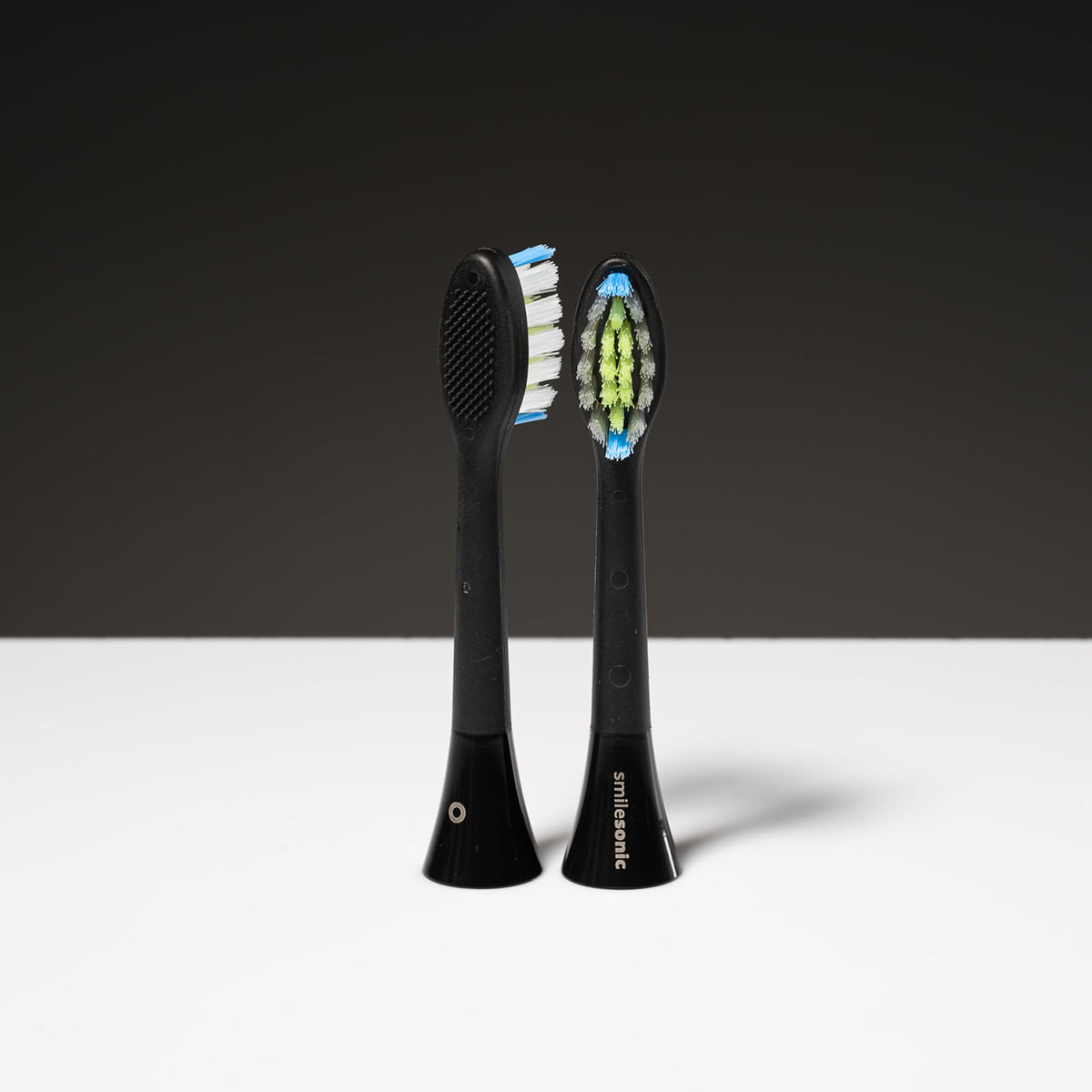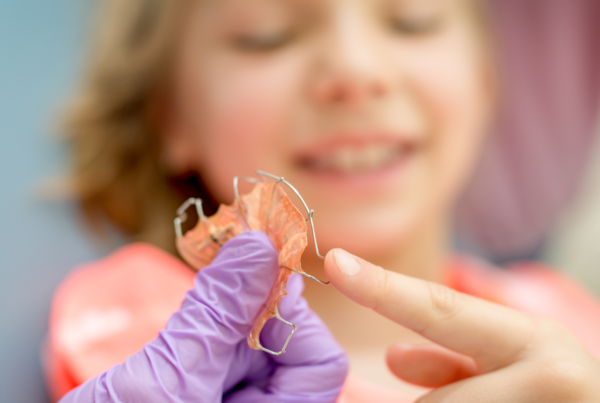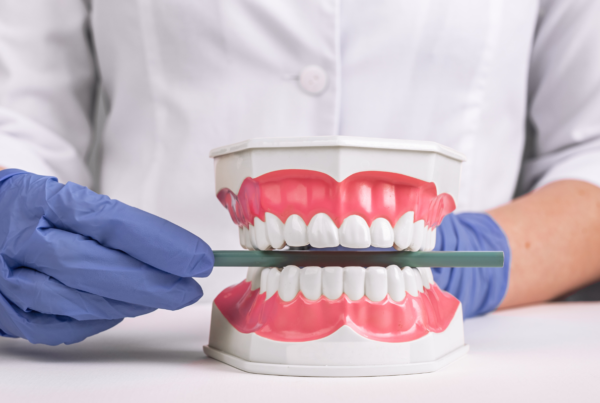Lingual braces and oral hygiene

Do you have bite issues that qualify for orthodontic treatment but don’t want your smile to be ruined by visible wires? Lingual braces are an excellent solution for those who value aesthetics. In this article, you’ll learn more about lingual braces, their types, and their strengths and weaknesses. You’ll also discover the best oral hygiene practices for people using lingual braces.
What are lingual braces?
Lingual braces, also known as tongue-side braces, are fixed orthodontic devices placed on the inner side of the teeth. The term “lingual” comes from the Latin word “lingua,” meaning “toward the tongue.” These braces are permanently attached to the teeth. They are comfortable to wear and barely noticeable because they are precisely fitted to the patient’s mouth.
This type of brace is glued to the back of the teeth using a special adhesive. Each component must match the shape of the tooth crown. Patients may feel mild discomfort for the first few days after the brace is fitted. Lingual braces typically require up to five weeks for full preparation before placement.
Lingual technique has been used since the late 1970s and has significantly advanced since then. It is especially recommended for people who have high aesthetic expectations, as it remains completely invisible to others.
Types of lingual braces
There are two main types of lingual braces based on their construction and adjustment system.
Standard lingual braces
These are braces with a unified bracket system customized to the patient’s teeth. The process begins with taking dental impressions, which are then sent to a lab along with the brackets. A technician adjusts the teeth on the model to reflect the expected outcome, selects the brackets, and places them on the model with the malocclusion. A transfer tray, or specialized dental mold, is then used to install the brackets in the patient’s mouth. Only after this step can the archwire be placed.
Lingual braces with custom brackets
This is a more advanced option involving custom brackets made specifically for the patient. First, an impression of the upper jaw is taken to create a full dental model. Based on this, a technician produces brackets tailored to each tooth. The archwires are also custom-made to match the structure, allowing the orthodontist to skip manual wire adjustment in the clinic.
READ MORE: DEEP BITE
Benefits and drawbacks of lingual braces
Lingual braces can correct even complex bite issues. They also make it easier to monitor treatment progress since the brackets do not obscure the front of the teeth. Another advantage is that they are completely hidden from view, which protects the appearance of your smile during treatment.
In some cases, traditional braces can leave lighter spots where the brackets were attached. With lingual braces, these marks appear on the inside of the teeth, preserving the external aesthetics. Lingual braces are also exposed to saliva more frequently, which helps reduce the risk of tooth decay.
However, lingual braces do have some downsides. The inner brackets may occasionally irritate the tongue and cause pressure points or small ulcers. Speech may also be temporarily affected at the beginning of treatment due to the presence of foreign objects on the back of the teeth.
Oral hygiene with lingual braces
One significant drawback of lingual braces is directly related to oral hygiene. With this type of device, it is crucial to maintain meticulous dental care. The inner brackets require thorough daily cleaning because food particles can easily become trapped between the wires and are harder to see than with traditional braces. To prevent damaging the brackets, it is advisable to avoid very hard or sticky foods.
It is also recommended to use a sonic toothbrush that includes a mode designed for cleaning teeth with orthodontic appliances. This toothbrush can easily reach difficult areas, such as around the brackets, and clean them effectively. For cleaning between teeth, a water flosser is highly effective. Many sonic toothbrush sets come with specialized brush heads designed for use with braces.





